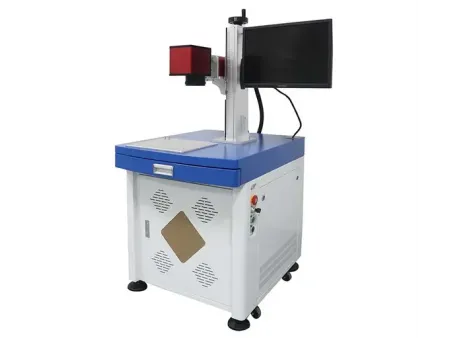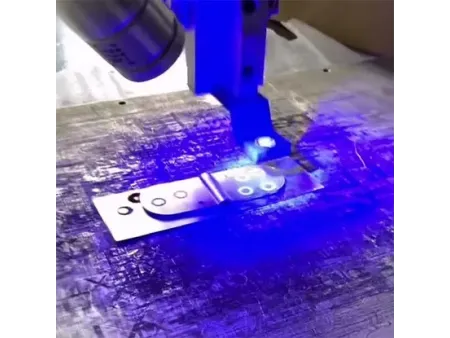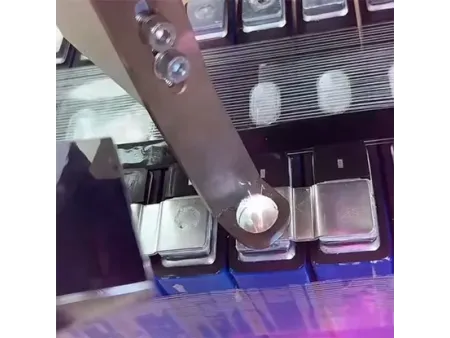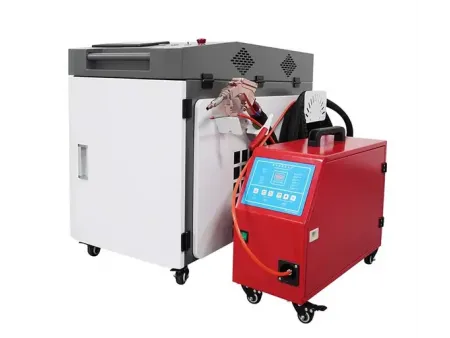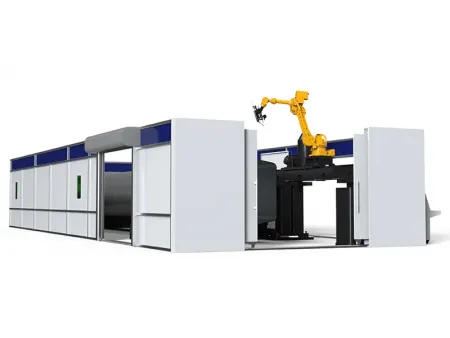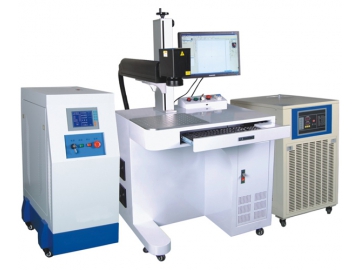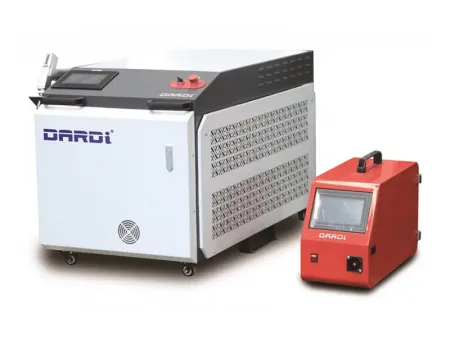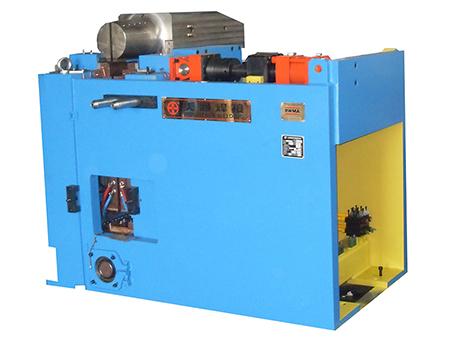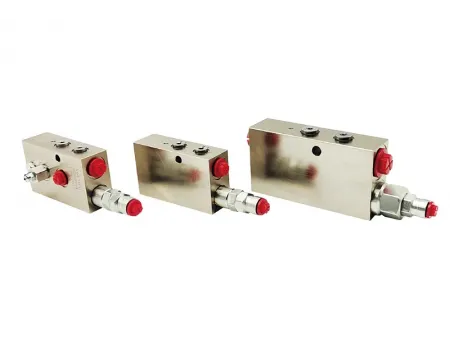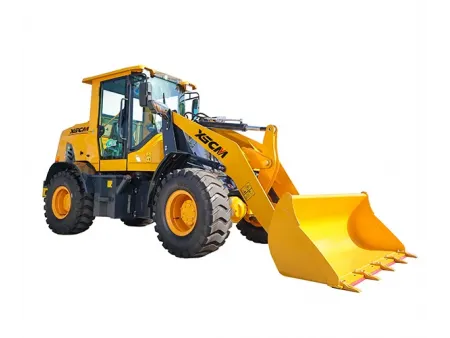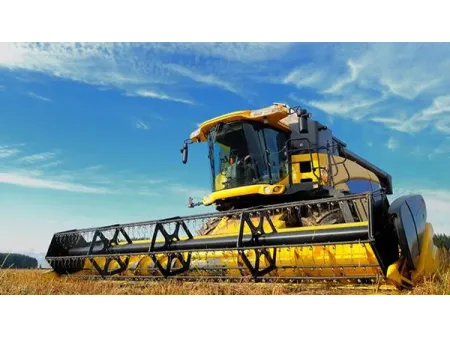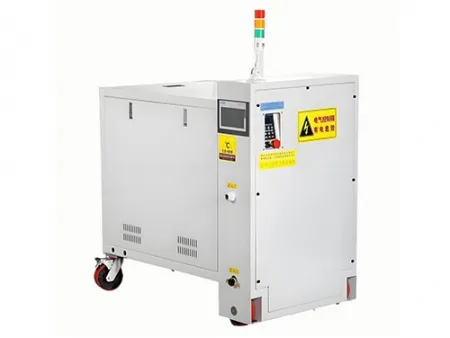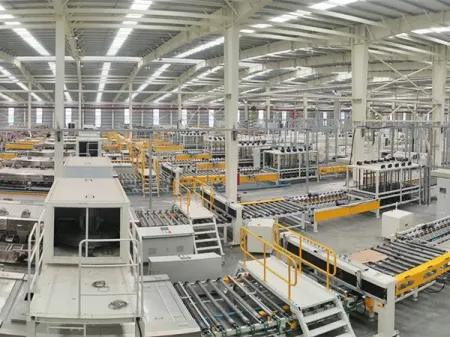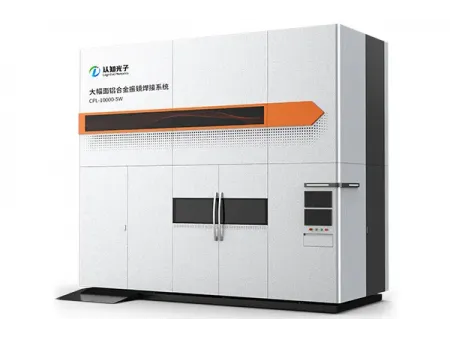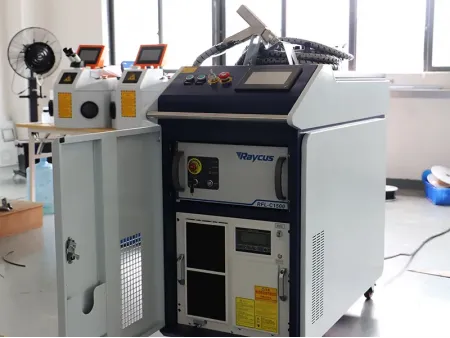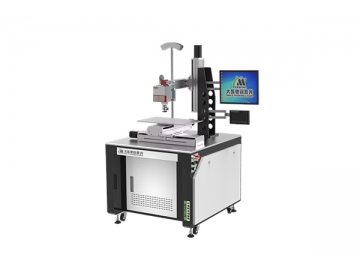Galvo Laser Welding Machine
- Laser wavelength 1064nm
- Max. pulse energy 30J (QCW mode)
- Scanning speed ≤7000mm/s
- Repeatability accuracy ±0.02mm
The galvo laser welding machine offers outstanding features:
- Ultra-high speed scanning: The galvo scanner achieves a dynamic response speed of up to 7000mm/s. Coupled with a 1064-1080nm high-energy-density fiber laser, welding efficiency is boosted by over 8 times compared to traditional equipment, with a single-day production capacity exceeding 3000 pieces.
- Precision processing capability: The spot diameter is adjustable from 0.1-2.0mm, with a repetitive positioning accuracy of ±0.02mm. It supports seamless welding of dissimilar metals (copper-aluminum, titanium-molybdenum) and ultra-thin materials down to 0.1mm, achieving weld strengths of over 95% of the base material.
- Intelligent integration: Standardly equipped with a CCD vision positioning system and dynamic focusing system, it is perfectly suited for automated production lines, ensuring a yield rate of ≥99.5%.
- Same metals: Stainless steel, carbon steel, aluminum alloy, titanium alloy, nickel-based alloy, brass.
- Dissimilar metals: Copper-nickel, copper-titanium, steel-aluminum, titanium-molybdenum, brass-copper.
- 3C electronics: Mobile phone shielding covers, sensors, battery tabs.
- New energy: Lithium battery caps, busbars, power battery modules.
- Medical devices: Endoscopes, stainless steel catheters, precision instruments.
- Metal part laser welding
- Battery bank laser welding
- Lithium battery laser welding
- Technical Data
- Configuration
- FAQ
- Why Us
- Laser type fiber laser
- Operating mode QCW (quasi-continuous wave)
- Laser wavelength 1064nm
- Laser power 750W, 1500W (customizable)
- Max. pulse energy 30J (QCW mode)
- Scanning speed ≤7000mm/s
- Welding thickness 0.1-2mm (stainless steel/aluminum alloy)
- Repeatability accuracy ±0.02mm
- Cooling method air cooling (low power), water cooling (high power)
Fiber laser source
We provide renowned domestic and international brand laser sources for our equipment, such as Raycus, JPT, MAX, SUPER, and IPG; these feature high pump conversion efficiency, low power consumption, and excellent beam quality.
Control cabinet for galvo welding
Designed as a dedicated desktop workstation, the cabinet integrates the laser source, galvo scanning system, and control module into one unit. The total machine footprint is typically less than 1.5m², making it suitable for workshops, laboratories, and other space-constrained environments.
High-speed scanning galvo
Utilizes servo motor drive with a step response time of ≤0.7ms and a scanning speed of up to 7000mm/s, increasing single-day production capacity to over 3000 pieces. It supports multi-mode oscillation (e.g., sine, spiral, figure-8) with adjustable oscillation frequency up to 2500Hz, adapting to dissimilar metal welding and precision spot welding requirements.
Industrial PC
Pre-installed with dedicated control software for galvo welding, it supports DXF file import, offline path planning, and multi-file combination processing, improving programming efficiency by 50%.
- CCD Coaxial Monitoring
- X/Y/Z Electric Axes
- Rotary Table
- Fiber laser
- Control cabinet for galvo welding
- High-speed scanning galvo
- Industrial PC
- Safety goggles
- Tool set
- Equipment warranty certificate
- Shipping accessories list
- Product catalog
Can this laser welding system weld highly reflective materials?
What is the maintenance cycle for Ultrathin Metal Laser Welding Equipment?
What is the maximum welding thickness for this Laser Welding Equipment?
Is professional welder operation required for this industrial welding system?
What after-sales service and warranty policies are provided when purchasing a Laser Welder?
What is porosity in industrial welding processes, and what are its harms?
How can porosity be effectively reduced during metal welding?
What phenomena can occur during metal parts welding if overheating occurs?
How is porosity generated during the laser welding process?
Porosity can be generated by:
- Improper gas shielding: Incorrect gas type, quantity, and flow can lead to nitrogen, oxygen, and hydrogen entering the molten weld pool.
- Contaminants or material issues: Certain materials are more prone to porous welds. Additionally, impure materials may cool unevenly or prematurely.
- Insufficient pre-cleaning: Dirt and oil can hinder the entry of pure material, introduce gases into the weld, and create gaps.

